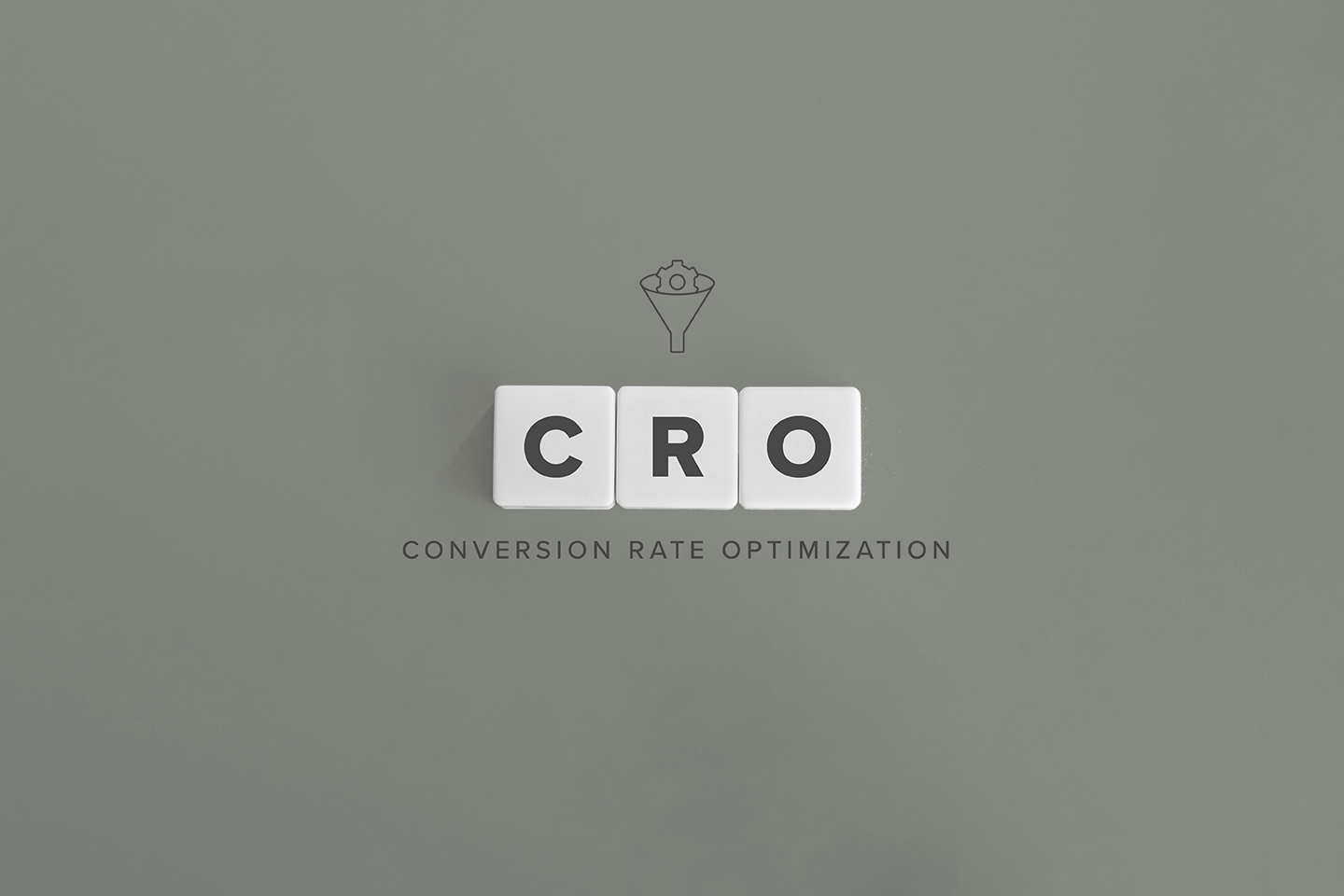If there is a “holy grail of marketing,” it’s conversion rate optimization (CRO). No matter how many people see your marketing campaign, you’re not maximizing your investment if a potential client doesn’t convert to a purchase.
Conversion Rate Optimization Examined
An easy working definition for conversion rate is the number of leads generated divided by the number of engagements your marketing efforts achieve. You can then multiply that number by 100 to get a percentage.
For example, if your site had 400 unique visits and those visits generated 80 leads, your conversion rate for that particular campaign would be .05 or 5%.
This number is particularly useful when comparing different types of campaigns to see which ones are giving you the biggest bang for your buck. If, for instance, you are allocating equal amounts of money into your PPC and SEO campaigns, and PPC has a conversion rate of .03, while organic searches are returning a CR of .045, you may want to move more resources into SEO. Of course, this is an oversimplification. A comprehensive CRO campaign would compare multiple marketing channels and track them for consistent returns over time.
3 Tactics For a Successful CRO Campaign
Optimizing your conversion rate should be at the core of your marketing mission. The following are tips and strategies for helping you achieve the greatest ROI on your CRO.
1. Perform a UI/UX Audit on Your Website and App
It’s much more challenging to convert a frustrated client. In order to avoid losing potential sales, you should audit your website to ensure that a visitor can find the information they’re looking for, navigate the site well, and easily convert once they’ve made that decision. Your site should make it easy for a customer to locate important information, like your contact information, conversion buttons, etc. Finally, your site must function well on computers, tablets, and cell phones.
2. Promote Your Lead Capture Forms
With lead capture forms, you can find essential information about the client that can assist you in future marketing campaigns, such as their phone number, email address, home address, age demographic, etc. Lead forms must be user-friendly and not drive potential clients away. Here are a few suggestions to optimize your lead generation:
- Forms should be easy to find. On pages containing forms, the form should be above the fold on computers, tablets, and mobile devices.
- Contact pages should have a contact form.
- Make sure your visitors don’t have to scroll to find the contact form.
- Make sure CTA buttons leading to the contact form are always easy to find.
- Too many required fields can be frustrating to the visitor. Either minimize the number of required fields or create a click-through questionnaire with a status bar.
3. Routinely Inspect Your CTAs
Conversion rate optimization requires constant analysis to determine which calls to action are working, which ones aren’t, and which are starting to lose efficacy. As a rule:
- CTAs should be placed in expected locations, easy for visitors to identify, and simple to engage with.
- Promotions, reduced rates, and giveaways should be accompanied by CTAs.
- Make sure that the tone of your CTAs is consistent with your brand and likely to engage your target audience.
Don’t Ignore Other Stages in Your Marketing Funnel
Many businesses make the mistake of fixating on their CRO campaigns to the exclusion of other crucial stages in their marketing funnels. Developing brand awareness, cultivating customer consideration, and increasing authority are essential elements for the long-term wellbeing of any enterprise. Do not make the mistake of hyper-focusing on lead generation, but dedicate sufficient time and resources to CRO.
